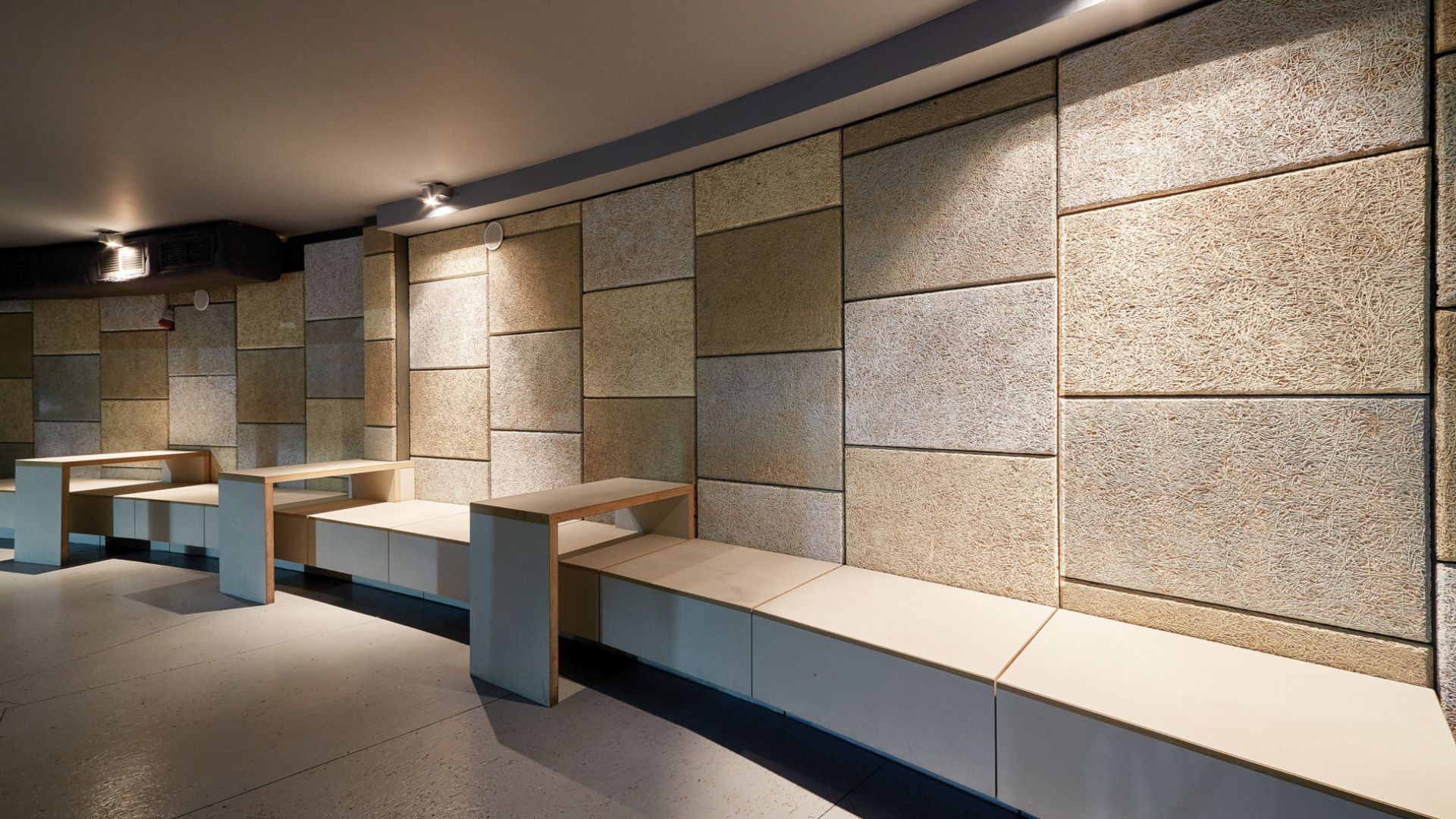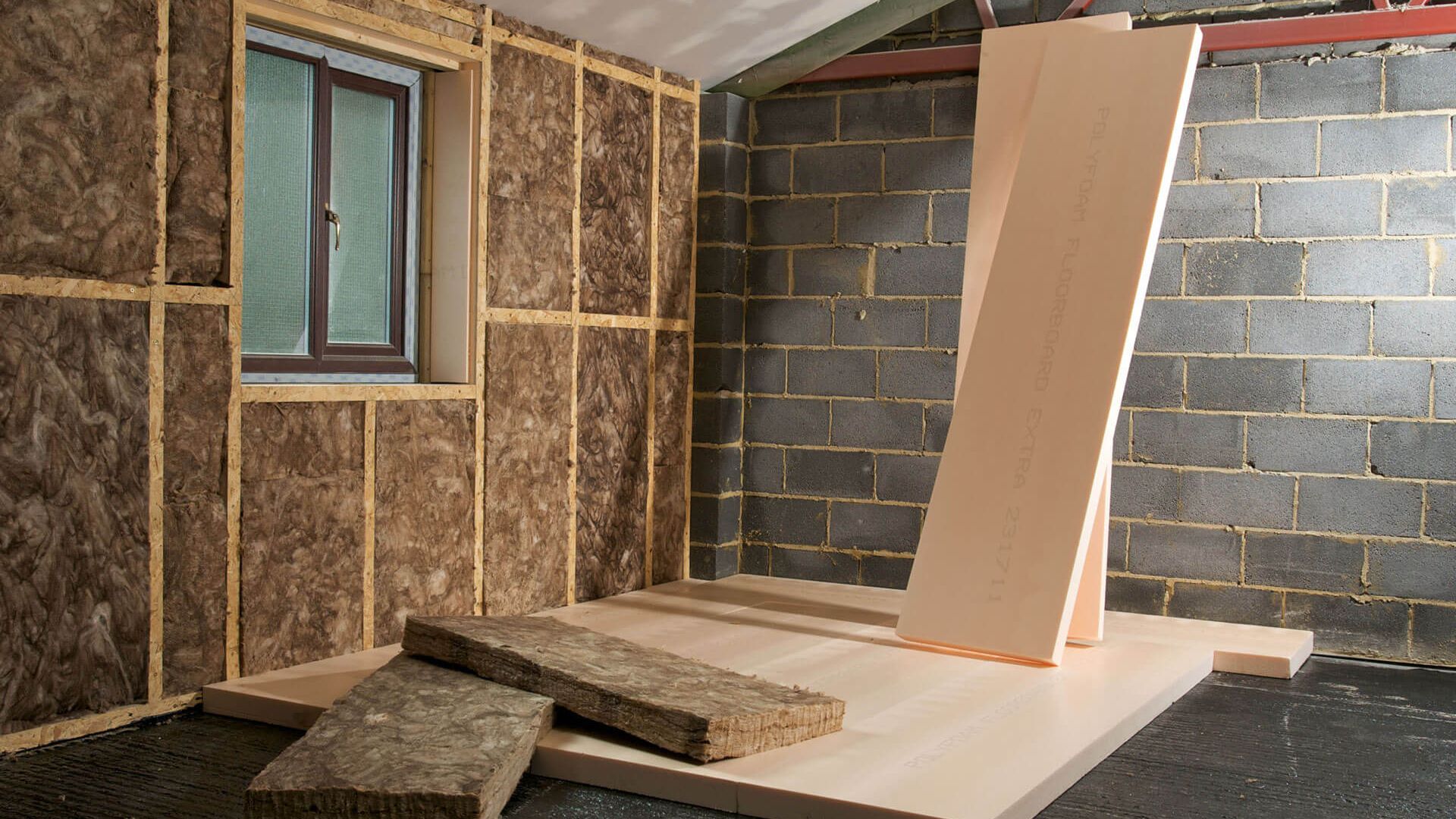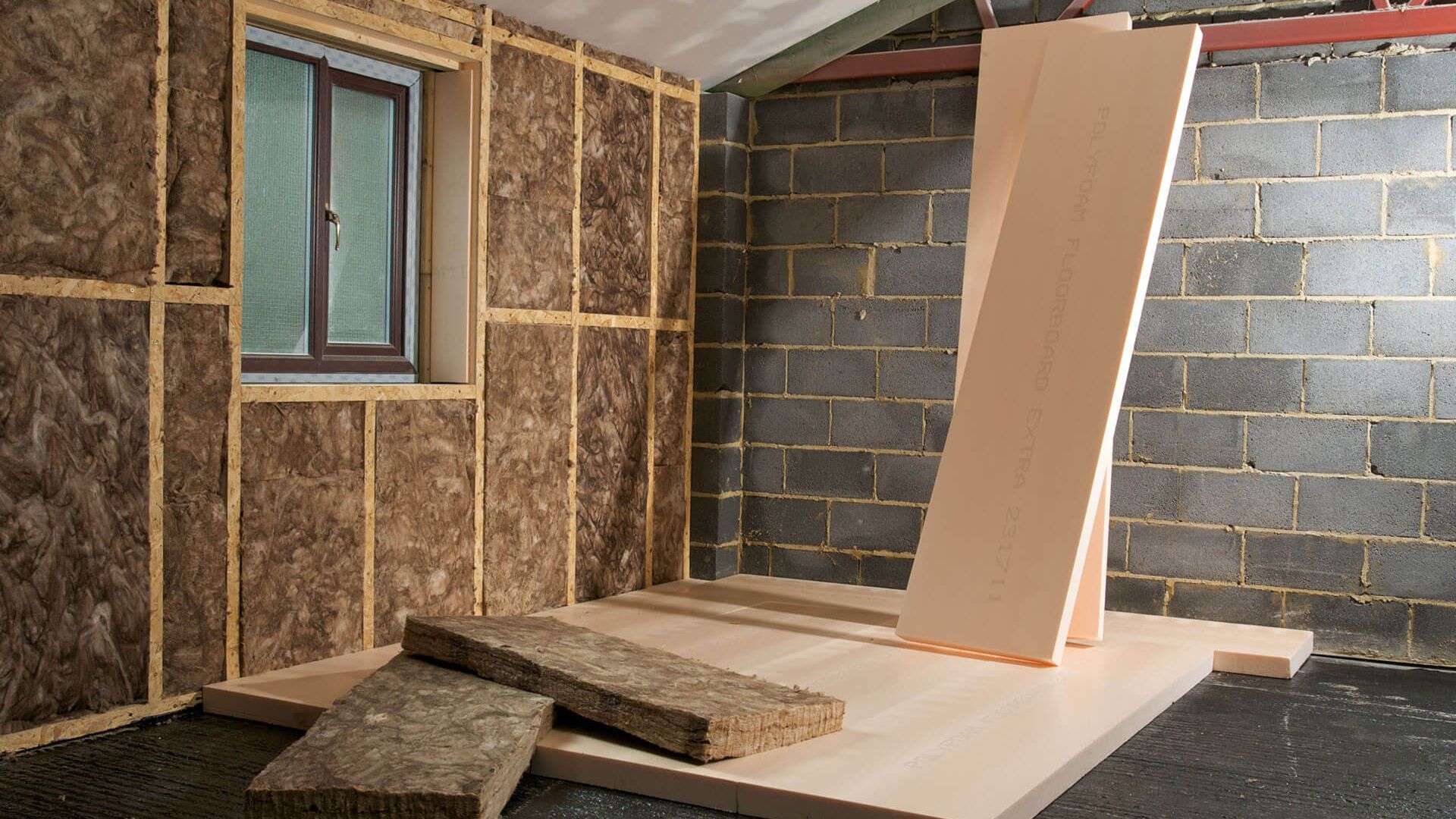Introduction
In modern educational environments, creating a conductive atmosphere for learning is paramount. Acoustics are an often ignored feature of this environment is. Acoustic Building Materials play a vital role in enhancing the educational experience by reducing noise pollution and improving sound quality within classrooms. This blog will explore the key benefits of using acoustical building materials in schools, highlighting how they contribute to better learning outcomes, health, and overall well-being of both students and teachers.

Enhanced Learning Environment
One of the primary benefits of using acoustical building materials in schools is the enhancement of the learning environment. Classrooms can be noisy places, with sounds coming from various sources such as students, teachers, and external environments. Acoustic materials, such as sound absorbing panels, ceiling tiles, and carpets, help in minimizing these unwanted noises. This reduction in noise levels ensures that students can hear their teachers more clearly and focus better on their studies. Research has shown that students in acoustically treated classrooms perform better academically, as they are less distracted and more engaged in their lessons.
Improved Speech Intelligibility
Clear communication is crucial in an educational setting. Acoustical building materials significantly improve speech intelligibility, making it easier for students to understand their teachers and peers. When the reverberation time is reduced, sounds become clearer, and the speech is more distinguishable. This is particularly beneficial for younger children who are still developing their language skills and for students with hearing impairments. By enhancing speech clarity, acoustic materials contribute to more effective teaching and learning.
Reduced Stress and Fatigue
Noise pollution in schools can lead to increased stress and fatigue among both students and teachers. Continuous exposure to high noise levels can be mentally exhausting and can negatively impact concentration and overall well-being. Acoustical building materials help in creating a quieter and more peaceful environment, reducing the stress levels and cognitive load on students and teachers. This can lead to a more positive and productive school atmosphere, where both teaching and learning can thrive.
Better Behavioral Outcomes
Acoustics can also influence student behavior. Studies have indicated that poor acoustic conditions in classrooms can lead to increased disruptive behavior and lower levels of student engagement. On the other hand, classrooms with good acoustic treatments tend to have calmer and more focused students. By minimizing background noise and reverberation, acoustic materials help in creating an environment that encourages positive behavior and enhances student participation.
Health Benefits
Long-term exposure to loud noise might have negative health consequences. For students, this can mean increased heart rates, elevated stress levels, and even potential hearing damage. Teachers, who spend a significant amount of time speaking in these environments, May also, suffer from vocal strain and fatigue. Acoustical building materials mitigate these risks by reducing noise pollution, thereby promoting better physical health for everyone in the school environment. A healthier school environment leads to fewer absences and a more consistent educational experience for students.
Versatility and Aesthetic Appeal
Acoustical building materials are not only functional but also versatile and aesthetically pleasing. They come in a variety of designs, colors, and textures, allowing schools to integrate them seamlessly into their existing décor. This versatility means that schools do not have to compromise on visual appeal while enhancing their acoustic environment. Attractive learning spaces can also have a positive psychological impact on students, contributing to a more pleasant and motivating atmosphere.
Cost-Effectiveness
Investing in acoustical building materials can be cost-effective in the long run. While the initial installation may require some investment, the benefits of reduced absenteeism, improved academic performance, and better health outcomes can lead to significant savings over time. Additionally, many acoustic materials are durable and require minimal maintenance, making them a smart financial choice for schools looking to improve their learning environments.

Conclusion
In conclusion, the use of acoustical building materials in schools offers a multitude of benefits that extend beyond mere noise reduction. They play a crucial role in enhancing the learning environment, improving speech intelligibility, reducing stress and fatigue, promoting better behavioral outcomes, and ensuring the health and well-being of students and teachers. Furthermore, their versatility and cost-effectiveness make them an excellent choice for educational institutions seeking to create optimal learning conditions. By investing in acoustical building materials, schools can pave the way for a more engaging, productive, and healthy educational experience for all.






